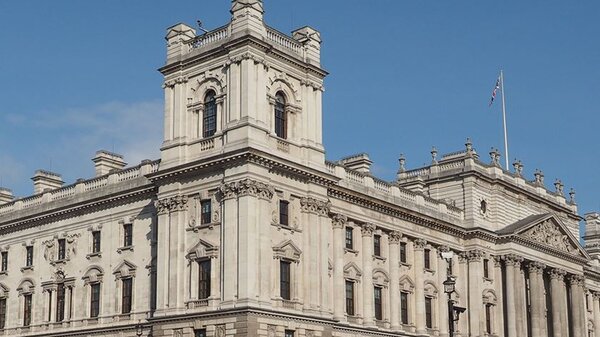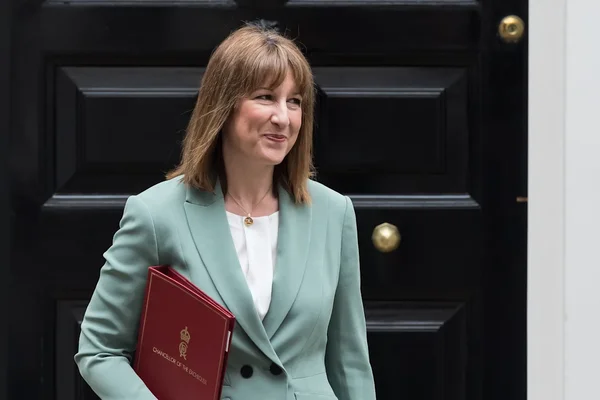What you need to know
Bought a van, a laptop, or new machinery for your business? You might be sitting on a tax break worth thousands.
Capital allowances let you deduct the cost of business assets from your taxable profit think tools, computers, vehicles, even certain building upgrades.
Unlike ordinary expenses, these are one‑off investments in capital assets that lose value over time, so HMRC gives you tax relief to match that depreciation. While revenue (trading) expenses are ongoing costs fully deductible in the year they are incurred, capital expenditure relates to the purchase of capital assets, which qualify for capital allowances rather than being treated as a straightforward business expense.
The Annual Investment Allowance currently lets most businesses write off £1 million of qualifying spend in a single year. Miss your claim window and you’ll overpay tax on profits that should’ve been sheltered it’s surprisingly common and entirely avoidable.
Pie’s automated bookkeeping flags eligible purchases as you log them, so you never leave money on the table. Or if you’re just here to get to grips with it all, let’s break it down!
What Are Capital Allowances?
Capital allowances are tax deductions for the wear‑and‑tear cost of business assets vehicles, equipment, machinery, and certain property fixtures.
Instead of expensing the full purchase price immediately, you claim relief over time or in one go via schemes like the AIA. When assets do not qualify for the AIA, businesses can claim a writing down allowance to spread the tax relief over several years. HMRC treats these as “capital expenditure” because they’re long‑term investments, not day‑to‑day running costs.
The relief reduces your taxable profit, which in turn cuts your Income Tax or Corporation Tax bill. Capital allowances act as a tax deduction for businesses. Sole traders, partnerships, and limited companies can all claim, though the rules and rates differ slightly.
Common examples: delivery vans, computers, manufacturing kit, office furniture, even integral building features like heating systems or lifts. Plant and machinery allowances and machinery allowances are specific types of capital allowances available for these assets.

Capital Expenditure: The Foundation of Allowances
Capital expenditure is at the heart of claiming capital allowances. It refers to the money your business spends on acquiring or improving long-term assets think plant and machinery, property upgrades, or other fixed assets that will benefit your business over more than one accounting period. Unlike everyday running costs, these are investments in the future of your business.
To claim capital allowances, you first need to identify and record your capital expenditure accurately. This step is crucial, as only qualifying capital expenditure can be used to reduce your taxable profits and, ultimately, your tax bill.
Whether you’re investing in new machinery, upgrading your IT systems, or fitting out a new workspace, understanding what counts as capital expenditure ensures you don’t miss out on valuable tax relief.
By keeping a clear record of your capital expenditure, you lay the groundwork for a successful capital allowances claim helping your business grow while keeping your tax liability in check.
Business Expenses vs. Capital Expenditure
Getting your expenses right is key to making the most of tax reliefs. Business expenses also known as revenue expenses are the everyday costs of running your business, like rent, utilities, and office supplies.
These are usually deducted from your taxable profits in the year they’re incurred, giving you immediate tax relief.
Capital expenditure, on the other hand, covers the bigger, longer-term investments such as buying machinery, vehicles, or refurbishing your premises. These costs aren’t deducted all at once. Instead, you claim tax relief over time through capital allowances, spreading the benefit across several years.
It ensures you’re claiming the right deductions at the right time, and that you’re not missing out on valuable allowances that could lower your tax bill. By categorizing your costs correctly, you can maximize your tax relief and keep your business finances healthy.

How the Annual Investment Allowance Works
The AIA lets you deduct 100% of the full cost or full value of qualifying expenditure (up to £1 million per year) from your taxable profit in the tax year you buy the asset.
It’s a first‑year allowance, meaning you get full relief immediately rather than spreading it over several years. Most businesses never hit the £1 million cap, so in practice you can write off nearly all eligible purchases straight away. The deduction is based on the asset's original cost.
The limit applies per business, not per asset so if you buy five laptops totalling £8,000, that’s £8,000 off your taxable profit. Cars don’t qualify for AIA; they fall under separate writing‑down allowances based on emissions.
I once saved over £2,000 by claiming on a second‑hand van I’d forgotten about it took five minutes to add the receipt and recalculate.
Capital Allowances and Commercial Property
If you own or invest in commercial property, capital allowances can offer significant tax savings but the rules can be complex. You can claim capital allowances on qualifying plant and machinery within the property, such as air conditioning, electrical systems, cold water systems, and other integral features.
Fixtures and fittings installed in commercial spaces often qualify, but the claim must be made according to specific HMRC guidelines.
For example, when you purchase a commercial property, it’s important to identify and value the qualifying assets separately from the building itself. Missing this step can mean losing out on valuable tax relief. Claiming capital allowances on commercial property can reduce your taxable profits and lower your overall tax bill, making it a key consideration for any business investing in property.
Given the complexity, many businesses benefit from specialist advice to ensure all eligible assets are identified and claimed correctly.

When to Seek Specialist Advice
Navigating the world of capital allowances can be tricky, especially if your business has significant or complex capital expenditure. That’s where a capital allowances specialist comes in. These experts understand the detailed rules and can help you identify all qualifying assets, calculate your claim accurately, and ensure you’re making the most of the tax relief available.
Seeking specialist advice is particularly valuable for businesses with large investments, commercial property purchases, or unusual assets. A capital allowances specialist can help you avoid costly mistakes, maximize your claim, and keep your business fully compliant with HMRC requirements.
By working with an expert, you can be confident that you’re not leaving money on the table—and that your business is benefiting from every available allowance to boost cash flow and reduce your tax bill.
Pie tax: Simplifying Capital Allowance Tax
Tracking which purchases qualify for capital allowances can feel like detective work Pie, the UK's first personal tax app, does it automatically as you spend.
Our automated bookkeeping links to your bank and flags eligible assets in real time, calculating AIA and WDA relief on the spot. Sector‑specific assistants (contractors, landlords, freelancers) guide you through tricky edge cases like fixture elections or mixed‑use vehicles.
The multiple‑income dashboard consolidates everything if you're juggling rentals, self‑employment, and dividends, so no claim slips through the cracks. Once you're happy, Pie files directly to HMRC and stores all your receipts in one place for any future queries.
Explore the Pie tax app if you'd like to see how it works.

Final Thoughts
Capital allowances are one of the most underused tax breaks in the UK mainly because people don’t realise how much qualifies or assume it’s too complicated.
In reality, if you’ve bought anything for your business beyond everyday stationery, there’s a decent chance it’s claimable. The AIA makes it simple: spend up to £1 million, get 100% relief in year one, done.
If you’re not sure whether something qualifies a new office chair, a specialist tool, a second‑hand van err on the side of asking. Missing a £5,000 deduction costs you £1,000+ in unnecessary tax, as unclaimed capital allowances can increase your taxable income. HMRC won’t remind you to claim.
When you sell or dispose of an asset, remember that claiming allowances can also affect your capital gains calculation and potential tax liabilities.
Consulting an expert team can help ensure you make all eligible claims and don’t miss out on valuable relief.











